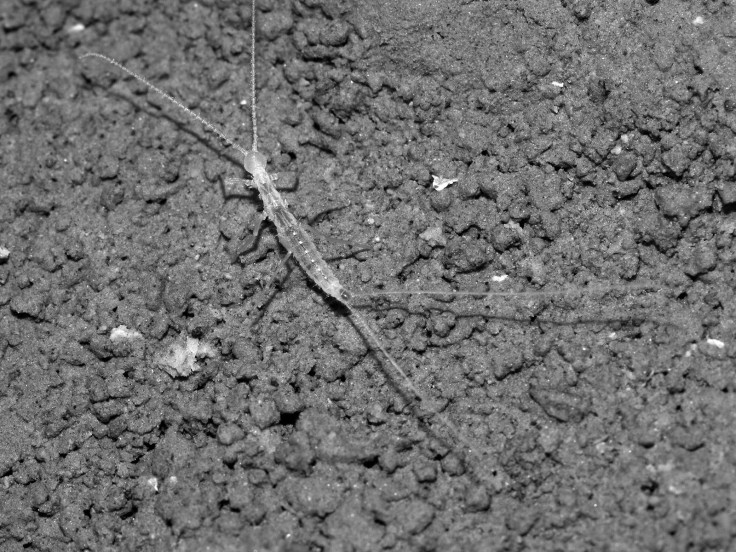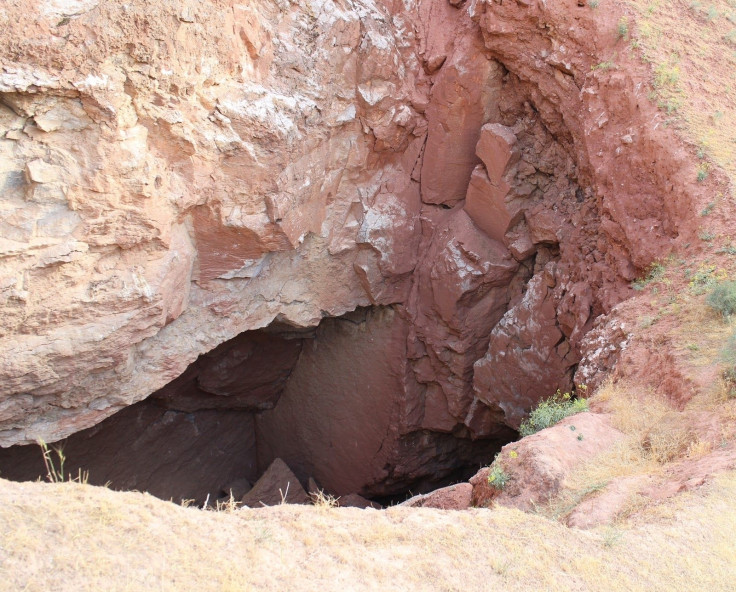'Remarkable' new animal species discovered in a cave using smelly cheese as bait
The creature also represents an entirely new genus, or group of species.

An extraordinary new species, representing an entirely new genus (a group of species) has been discovered in a remote cave in eastern Turkmenistan. Researchers say the tiny animal is the first of its order to be found in Central Asia.
In the biological classification of organisms, an order is a taxonomic rank above both species and genus, with 'kingdom' – as in 'the animal kingdom' or 'plant kingdom' – being one of the higher, more well-known ranks.
The insect-like creature measures just a few millimetres long, is pale and has no eyes. Its closest relatives in the order Diplura are known as two-pronged bristletails.
The researchers say it is the first strictly subterranean animal ever recorded in the country and is perfectly adapted to its unique cave habitat.
"What we have here is not only a new remarkable organism, but also an amazing and unusual cave critter that has undergone a long evolutionary journey to adapt to the underground environment of Central Asia," said Alberto Sendra from the University of Alcalá, Spain, lead author of the study which describes the new species, published in the journal Subterranean Biology.
The creature was found in Kaptarhana cave in the foothills of the Koytendag mountain range in the east of Turkmenistan, a distinctive desert landscape marked by ravines, plains, extraordinary rocky formations, sinkholes and the sixth largest cave system in the world.
Scientists believe this largely unexplored region may be ripe for further investigation in the search for new animals.

The researchers named the creature Turkmenocampa mirabilis. The first part – Turkmenocampa – is the name of the new genus which refers to the creature's country of origin, while the second part – mirabilis - is the species name and means "unusual, amazing, wonderful" or "remarkable" in Latin, highlighting its unique position amongst its relatives.
To find the animal, the scientists spent 8 hours in the cave looking for specimens and placing traps with smelly cheese as bait.
"While many speleobiologists [biologists who study caves] consider the terrestrial cave fauna in Central Asia as poor, it is places such as Kaptarhana that can turn the tables by giving us new insights about the biodiversity richness, evolutionary history, formation and functioning of the underground ecosystems of this part of the world," said Pavel Stoev from the National Museum of Natural History, Bulgaria, who was also involved in the research.
© Copyright IBTimes 2025. All rights reserved.





















